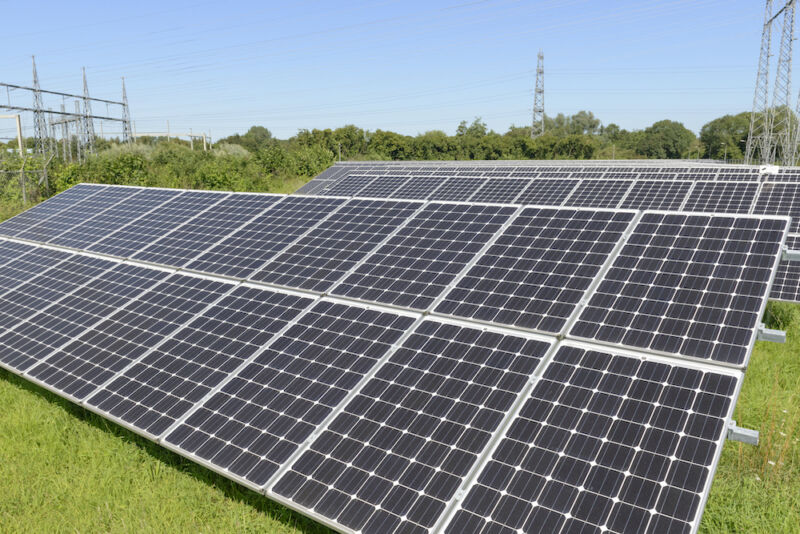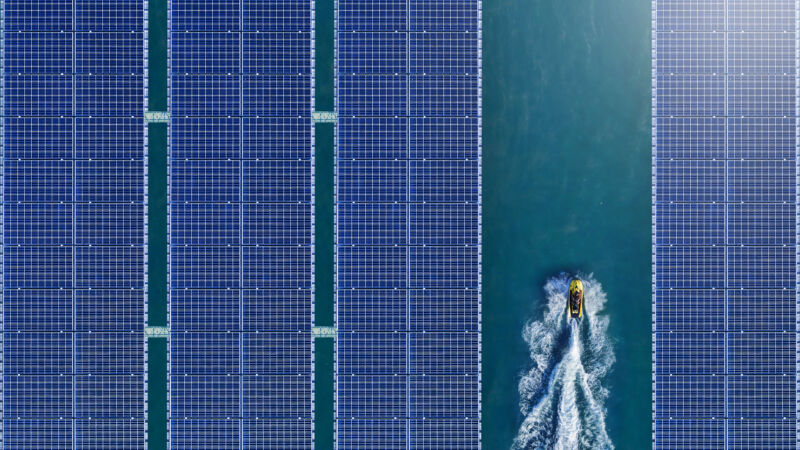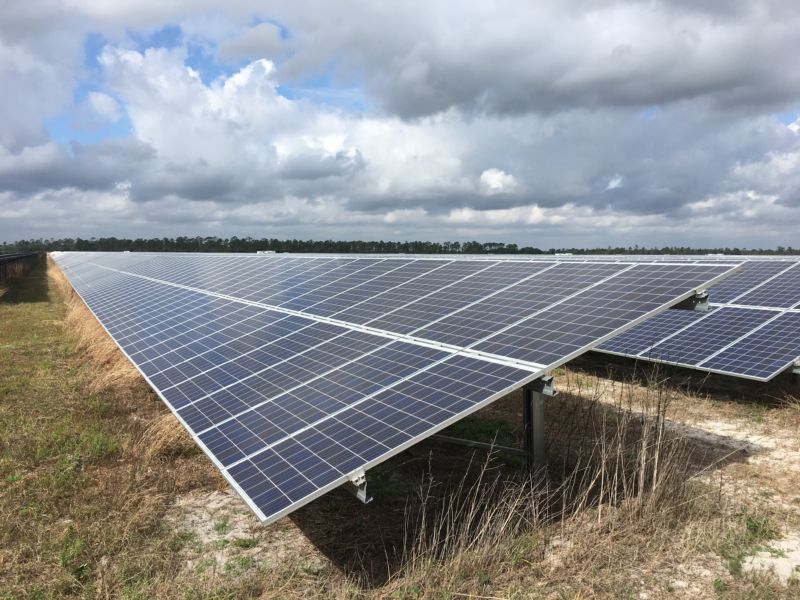-
 chevron_right
chevron_right
Perovskite + silicon solar panels hit efficiencies of over 30%
news.movim.eu / ArsTechnica · Friday, 7 July, 2023 - 17:58 · 1 minute

Enlarge (credit: audioundwerbung )
In most industrialized countries, solar panels account for only a quarter to a third of the overall cost of building a solar farm. All the other expenses—additional hardware, financing, installation, permitting, etc—make up the bulk of the cost. To make the most of all these other costs, it makes sense to pay a bit more to install efficient panels that convert more of the incoming light into electricity.
Unfortunately, the cutting edge of silicon panels is already at about 25 percent efficiency, and there's no way to push the material past 29 percent. And there's an immense jump in price between those and the sorts of specialized, hyper-efficient photovoltaic hardware we use in space.
Those pricey panels have three layers of photovoltaic materials, each tuned to a different wavelength of light. So to hit something in between on the cost/efficiency scale, it makes sense to develop a two-layer device. This week saw some progress in that regard, with two separate reports of two-layer perovskite/silicon solar cells with efficiencies of well above 30 percent. Right now, they don't last long enough to be useful, but they may point the way toward developing better materials.








